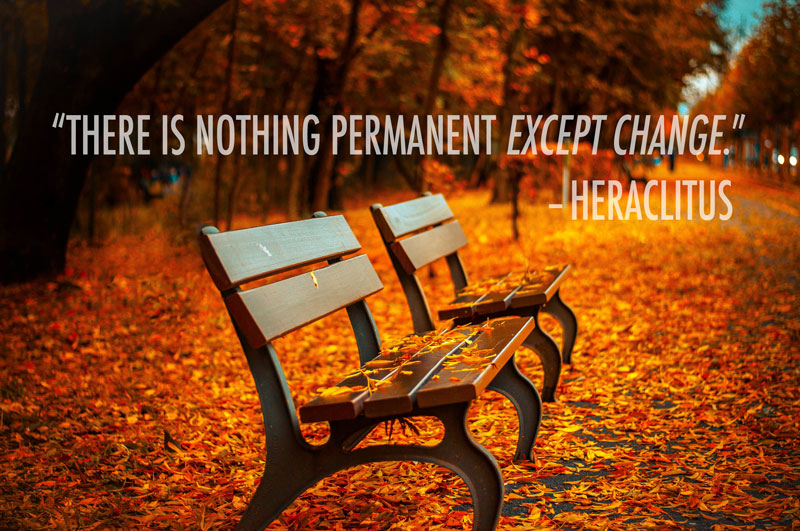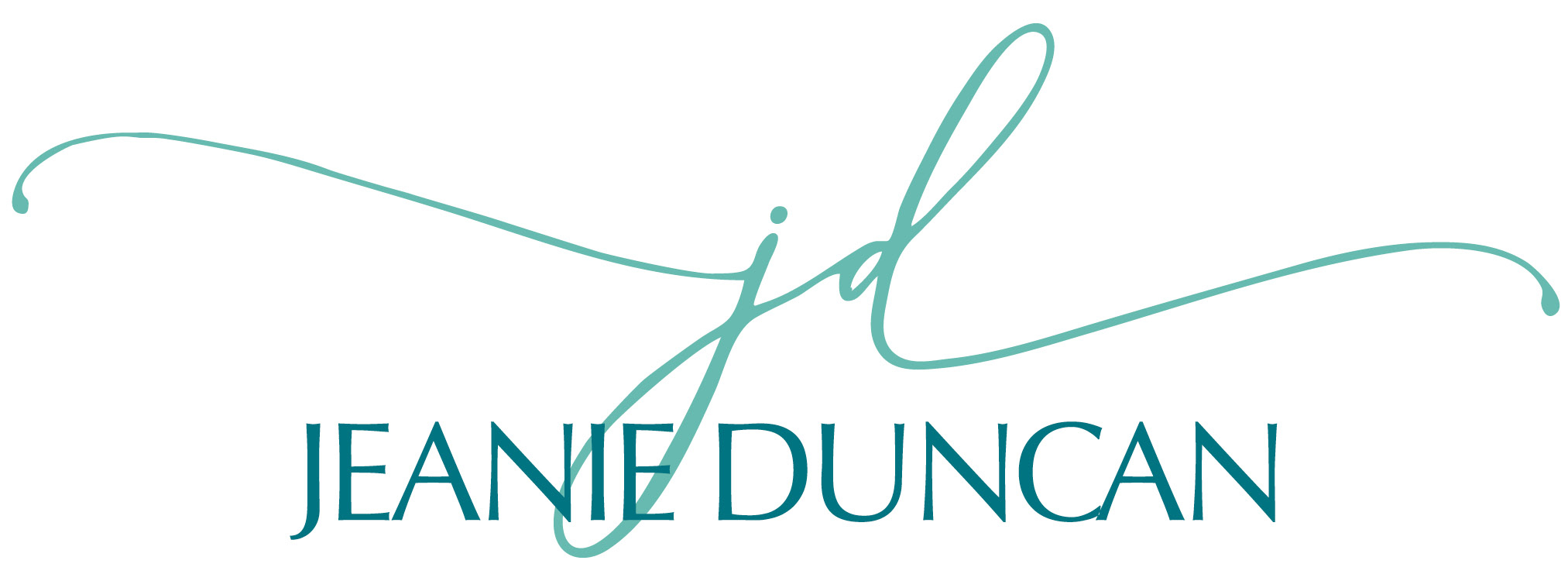
Dec 3, 2014 | Leadership
I love this TedTalk, “Everyday Leadership” by Drew Dudley (http://www.ted.com/talks/drew_dudley_everyday_leadership). It really made me stop and think about the power one person can have on another, often when they don’t even realize it.
Since watching the clip, I’ve thought of several experiences in my own life where someone has had a major impact on me. At first, it was hard to think of examples, but then several came to me. I’m trying to find ways to acknowledge and thank each person. What a powerful experience it’s been!
One in particular stands out for me.
 Several years ago, I took on a new role that required me to make frequent presentations to large groups of people. It made me really anxious. I would go into overdrive researching, preparing, and practicing. I paced, my stomach churned…”don’t let them see me sweat!” I would silently hope. It was agonizing.
Several years ago, I took on a new role that required me to make frequent presentations to large groups of people. It made me really anxious. I would go into overdrive researching, preparing, and practicing. I paced, my stomach churned…”don’t let them see me sweat!” I would silently hope. It was agonizing.
One day as I was about to go on stage, a woman who sat beside me offered some wisdom I’ll never forget. From my memory, it went something like this: “My precious Jeanie, no one in this room knows this material as well as you do. And they have no idea what you’re about to say or not say. Don’t overthink this. When they walk away today, what three things do you want them to remember? That’s all you need to consider. Now let the rest go, and go give them some Jeanie juice.”
I never think of this experience without smiling and a sense of calm and warmth coming over me. Her compassionate message carried three simple points that literally changed me forever.
Today, every time I stand before a group I think of her. I carry with me a memento – a small seashell – as a symbol of this “power of one” moment. As I begin my presentation, I hold it in my hand, and I’m able to begin with confidence and assurance and do what I love best – focus on the people and deliver a message that I hope will deeply impact and move them.
What is your “power of one” moment?

Mar 25, 2014 | Intention, Leadership

A few years ago while conducting research around starting my own business, I ran across a book I really enjoyed called “Birthing the Elephant” by Karin Abarbanel and Bruce Freeman. From it, came a favorite quote of mine: “Act as if.”
Presented in the context of being an entrepreneur, the short phrase expresses the concept of viewing yourself in a new way and aligning your actions and the way you communicate to reflect this new ‘brand’ and self image. “Actions change attitudes, motions change emotions, and movements change moods. You might not be able to change your thoughts and your feelings, but you can change your actions. Your actions can change your feelings; your actions can change your thoughts. You can act differently than you feel.”
The day I read page 121 and the words “act as if” is the day I decided to begin my business. For several months, I had conducted research around launching a new venture, secured necessary resources, and written a business plan. On paper, it looked great, and when I read the words “act as if,” I thought “what am I waiting for?” It’s interesting when you’re starting something from scratch. There’s a moment when you literally must flip the switch. So I did.
The quote “act as if” hit home for me. In that moment, I took on the mantle of entrepreneur and business owner – I walked as if, ate as if, slept as if…I went about my day as if this is completely who I am, even though early on there were many days where it felt more like a story than reality. I lived this new brand as if everything in my life up to this moment had prepared me for this.
It’s three years later and – through much hard work and many challenges, along with steady progress and great wins – my business is flourishing.
Today, in my coaching and consulting practice, I encourage individuals, teams, and organizations to “act as if” with their vision, mission, and plan. I encourage people and organizations to dream and imagine their most vibrant future. And with that, I challenge them to act as if they’re already there. After all, our thoughts and actions create our reality. We manifest what we most desire and focus on.
My hope is that this mantra will inspire my clients and those I serve as much as it has me. And that they will overcome the one thing that holds most of us back: the belief that we must wait until we know who we are or until we craft the perfect plan before we even get started. Just remember, you’re more ready than you think you are. Get started now.
Act as if what you do makes a difference. It does.
~ William James

Mar 18, 2014 | Leadership
 Authenticity is not something we have or don’t have. It’s something we practice – a conscious choice each day of how we want to live, show up, and be real in who we are. It’s about letting our true selves be seen. And for me, it can feel resonant, exhilarating, and terrifying all at once.
Authenticity is not something we have or don’t have. It’s something we practice – a conscious choice each day of how we want to live, show up, and be real in who we are. It’s about letting our true selves be seen. And for me, it can feel resonant, exhilarating, and terrifying all at once.
When I think about authenticity, I think about how we are drawn to deeply real people. In my work as a leadership development educator and facilitator, I often see this in the classroom. Just the other day, my co-facilitator was delivering a part of our program on organization change. He shared a personal story about leading a major change initiative for an international Fortune 100 company. As the group listened, I imagined that some fully expected an account of how well it went – of how he did all the right things, executed critical steps in perfect text-book form, and everyone came along with the change.
While some things did go well, much of what he shared was about the missteps…of what went wrong, what he wish he’d done differently, and what he learned from the complex navigation of change across a large global company with competing divisions, goals, and priorities.
What I witnessed in our participants was a building in the level of engagement, belief, and trust. This guy could have told his story so differently. He could have pointed out the positives and insulated himself and his leadership by jumping over the tough spots and failures. To do so would have created a divide with the participants and resulted in a missed opportunity to connect and exhibit vulnerability.
Before writing this post, I reviewed in my mind the characteristics I’ve observed in the most authentic people I’ve met. Most of the qualities come directly from being rather than doing. Here’s my list:
- Knowing yourself and being comfortable in your own skin
- Being vulnerable – Letting go of what people think and embracing who you are
- Having courage – Being willing to move out of your comfort zone, take risks, and play it unsafe
- A willingness to admit to and learn from failure
- Being honest – Choosing being real over being liked
- Compassion
- Gratitude
- Expressing your own creativity
What characteristics make your authenticity list? How do you recognize if you are accessing your own authenticity?
“To be nobody-but-yourself in a world which is doing its best, night and day, to make you everybody-but-yourself means to fight the hardest battle which any human being can fight – and never stop fighting.” E. E. Cummings
photo credit: Ara Pehlivanian via

Apr 14, 2013 | Transition & Change

“There is nothing permanent except change.” – Heraclitus
Change and transition are at the core of my consulting and coaching work with organizations and individuals. I find myself attracted to this constant movement of life. Even when things appear to be steady, they’re continually evolving and becoming. Rather than resist, why not grab hold of that energy and proactively shape what’s becoming? Easier said than done, right?
What I have found is that change – the specific event itself – is not the greatest challenge, although at first it may appear to be. The toughest part is dealing with what comes as a result of that event, the dynamic and complex human elements of transition. It’s not easy letting go of what we’re comfortable with and leaping into the unknown. It can be a place of great uncertainty and trepidation. Makes you want to jump right in, doesn’t it?
Whether you’re the type that repels change or embraces it, below are a few ideas for how to make it a bit more manageable.
1. Make small steps or break up large-scale changes into more manageable increments.
2. Mentally link changes to established daily rituals. This can make changes like beginning a new habit, starting a new job, or adapting to a new home happen with greater ease.
3. Stay flexible, adaptable and ‘go with the flow.’ It can help you accept change instead of resisting it.
4. Look for the good that change brings. An illness, a broken relationship, or the loss of a promotion or job can seem like the end of the world, yet often they’re also gifts in disguise.
5. Reflect on your greatest learnings through the process and apply to future situations.
6. Be prepared for the unexpected during change and transition. While it’s impossible to know everything that will happen in advance, anticipating certain elements will help make the situation less overwhelming.
7. Remember that you’re not alone. Writing or talking about your circumstance with a colleague or friend can give you a sense of relief while helping you navigate through a challenging period.
8. Give yourself time to accept changes that you face, recognizing that you may need time to adjust to your new situation.
9. No matter how large or difficult a change is, you will eventually adapt to your new circumstances. The new that it brings will eventually weave itself into the right places in your life.
10. If you’re trying to change a pattern of behavior or navigate your way through a significant change, don’t assume that it has to be easy. Expressing your feelings and emotions during a period of change is natural. Then again, don’t assume that making a change needs to be hard. Sometimes, changes are meant to be that easy.
“We cannot change anything until we accept it. Condemnation does not liberate, it oppresses.” – Carl Jung
_________
Jeanie is President of Raven Consulting Group, a business she founded that focuses on organizational change and leadership development in the nonprofit sector. She is a senior consultant for TransitionGuides, a national firm working with nonprofit clients to lead efforts in sustainability and succession planning, executive transition and search. Additionally, Jeanie serves as adjunct faculty for the Center for Creative Leadership, a top-ranked, global provider of executive leadership education.

Aug 1, 2012 | Leadership, Strategy
 Some consider visioning to be a fluff exercise rather than an effective personal or business development strategy. After all – in both our personal and business lives – we spend the majority of our time working ‘in it,’ rather than ‘on it.’ However, dedicating time to thinking about the future can be a critical investment that reaps big rewards. How do I know that? I have proven it for myself and for my clients. In fact, I have found that visioning is 100% smart business practice, helping organizations and individuals within them chart the course, set goals, and measure progress – all of which directly impact the bottom line.
Some consider visioning to be a fluff exercise rather than an effective personal or business development strategy. After all – in both our personal and business lives – we spend the majority of our time working ‘in it,’ rather than ‘on it.’ However, dedicating time to thinking about the future can be a critical investment that reaps big rewards. How do I know that? I have proven it for myself and for my clients. In fact, I have found that visioning is 100% smart business practice, helping organizations and individuals within them chart the course, set goals, and measure progress – all of which directly impact the bottom line.
Two years ago, I gave myself a gift: a 12-month sabbatical. I had recently left a top leadership post as an arts administrator, knowing that I had completed what I set out to do for the organization. But I didn’t quite know what would come next. I needed a little “white space” between completing a very consuming role and beginning my next venture – a little time off to choose activities that helped me think, discover, and refill my creative well.
One day while reading The Law of Attraction by Esther and Jerry Hicks, I came across a visioning exercise called the “creative workshop.” The concept is to spend about 20 minutes each day giving thought to what you want with great clarity, describing and refining a fulfilling picture of yourself – and the life you want to live. (The idea, of course, is that you attract and create that on which you focus.)
Ultimately, that exercise led me to create a two-year vision of the most full, enriching, and satisfying life I could imagine. I then laid out specific actions I’d take to guide me toward my longer-term vision. After all, what good is a vision without a plan to get there?
What I thought initially was a simple (fluffy) exercise ended up having a profound effect (who knew?). It was as if I had sprinkled fairy dust or Miracle Gro® on my life. Each day, I’d re-read and think about my vision and action plan. The phone started to ring, emails arrived, and certain people would simply appear in my day – everywhere from the gas station to the ball field. As if I were a magnet, resources steadily came to me, each of which had a part to play in helping me fulfill my vision.
That was two years ago. Recently, I decided to repeat this “workshop” again for myself, and I am having a similar experience – only this time, my vision seems to have expanded. And once again, I can sense the amazing personal growth beginning to happen.
“We should change our perspective from ‘I’ll believe it when I see it’ to ‘I’ll see it when I believe it.'”
– Chuck Duncan
As individuals, we give so much thought and energy to our work, our co-workers, and to our family and friends that we often forget to invest in ourselves. I observed a sign on a colleague’s desk recently that read, “Me First.” While at first this might seem amusing or even appear egocentric, all of us have to remember that if we don’t first focus on ourselves, we have less to give others.
The same thing happens with organizations: visioning is often put off or lost altogether, with a team’s time and effort immersed in the day-to-day details and priorities. Yet such future-thinking exercises don’t have to be daunting undertakings; they can be incorporated into regular staff or board meetings or be integrated into a periodic planning process. I’ve used a version of this visioning exercise with clients in strategy development, sustainability planning, leadership transitions, and coaching. What I’ve found is that individuals and businesses who roll up their sleeves and take action to do it get great results and rewards.
Visioning, when accompanied by smart planning and consistent focus, can yield true transformation for you and for the organizations you work to improve. Getting started is easier than you think!
- Set aside some uninterrupted time. I suggest an hour, but a few sessions at 20 minutes each also can be effective.
- Pick a point in the future – it can be weeks, months, or years.
- Imagine a life (or business) that is vibrant and fulfilling beyond your greatest expectations.
- Give yourself permission without boundaries to dream and create.
- Describe what you’re imagining in specific, vivid detail.
It may not come easily at first, but with a little time spent – perhaps over a few days/sessions – clarity and details are likely to take shape.
Once the intention is set, give attention to your new vision and plan – and enjoy what begins to manifest itself.
“You get what you think about, whether you want it or not.”
– Jerry Hicks
photo credit: Ross Manges Photography via photopin cc

 Several years ago, I took on a new role that required me to make frequent presentations to large groups of people. It made me really anxious. I would go into overdrive researching, preparing, and practicing. I paced, my stomach churned…”don’t let them see me sweat!” I would silently hope. It was agonizing.
Several years ago, I took on a new role that required me to make frequent presentations to large groups of people. It made me really anxious. I would go into overdrive researching, preparing, and practicing. I paced, my stomach churned…”don’t let them see me sweat!” I would silently hope. It was agonizing.







